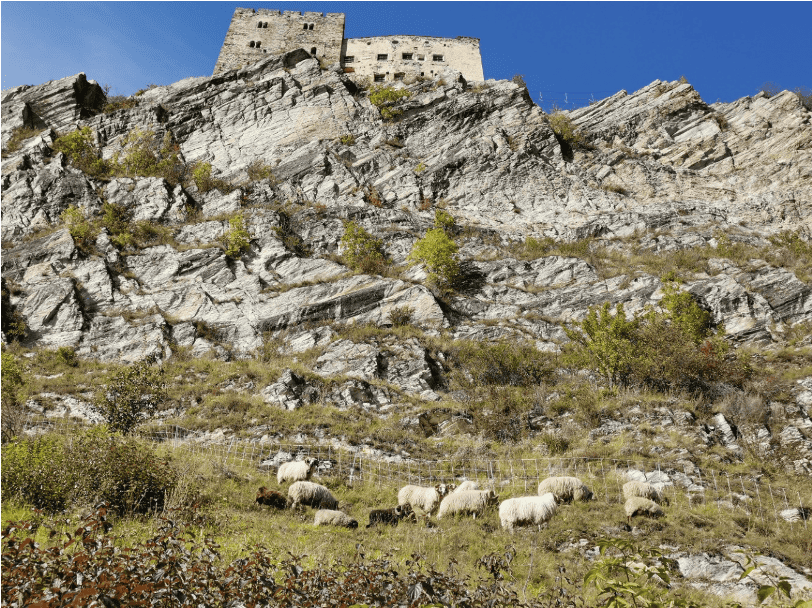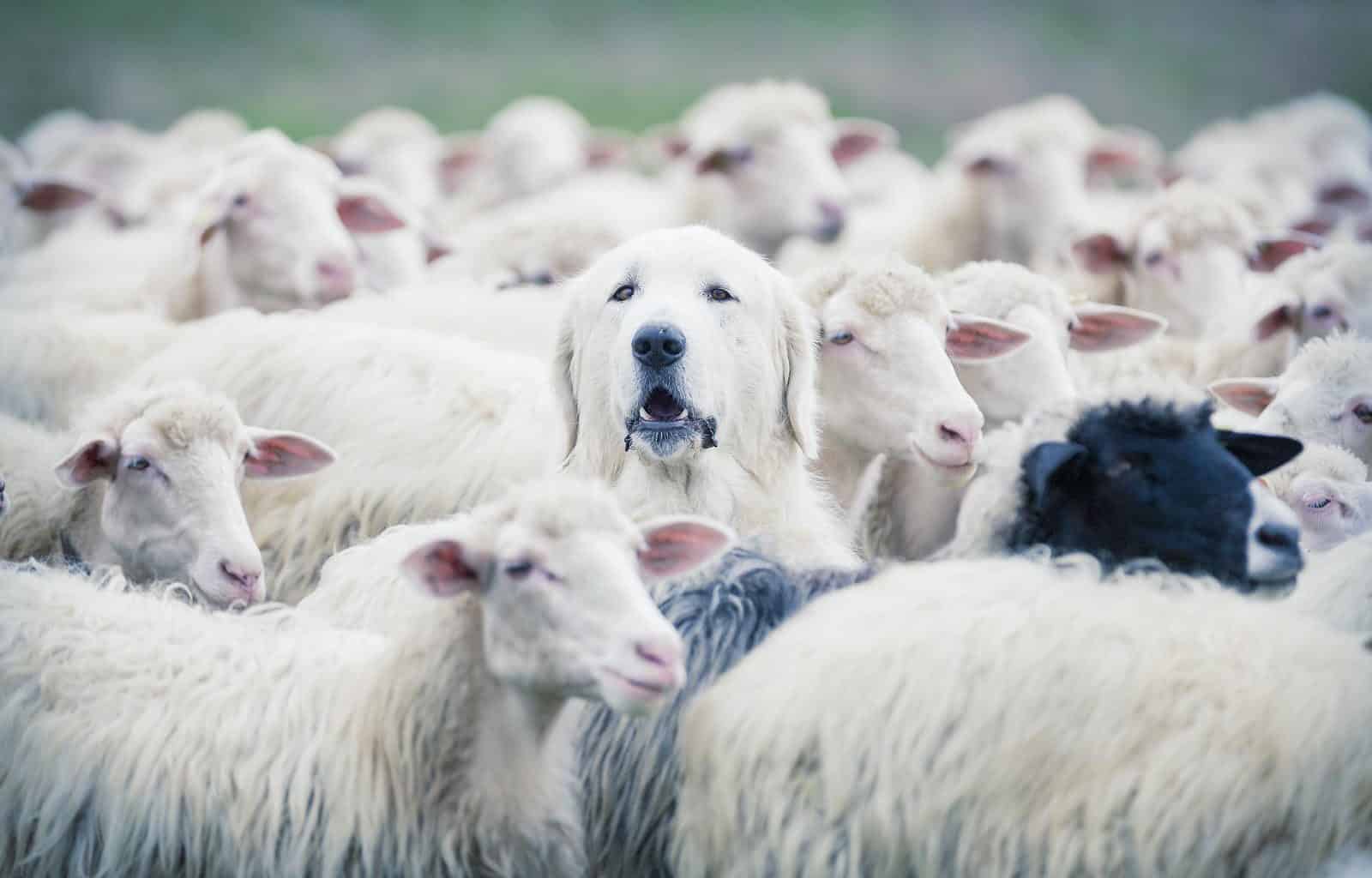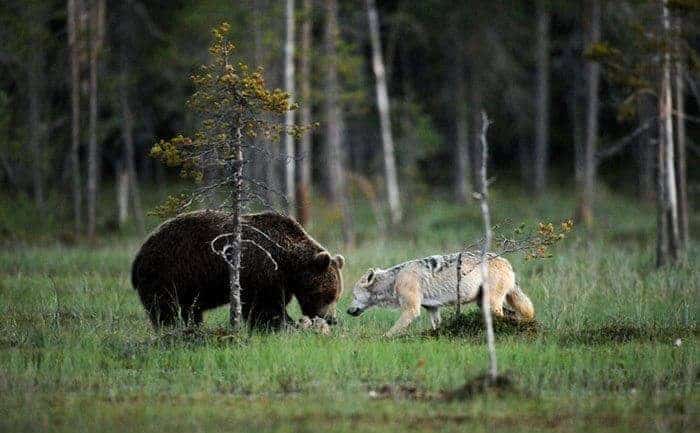European Perspectives: Livestock protection is the key
On 18th September 2018, the European Wilderness Society participated in the workshop of the EU Platform on Coexistence between People and Large Carnivores, at the Pathways Europe 2018 Conference in Goslar, Germany. The workshop covered current uses of EU funding to support human-large carnivore coexistence and prevent the depredation of livestock. Furthermore, the outcome was a series of recommendations for the future of European human-large carnivore coexistence.
Please also read: Human-Wildlife Conflicts Are Almost Always Human-Human Conflicts About Wildlife
EU Platform on Coexistence between People and Large Carnivores
This Platform exists to address conflict related to large carnivores in Europe. It consists of seven organisations and one mission to minimise conflict and find solutions in a mutually respective way. They organise a workshop every six months to discuss and share experience on managing human-wildlife conflict.
People realise more and more that a human-wildlife conflict is very often a human-human conflict about wildlife. Typically in Europe the conflict is between nature conservation organisations, governments, hunters and shepherds. Therefore one aspect of tackling human-wildlife conflict is to first of all tackle the human-human conflict. The workshop focused on this, and identified topics to tackle the conflicts.
Human-wildlife conflict
Large carnivores are returning to many parts of Europe, after their extinction in the past few hundred years. For example a second wolf pack was just confirmed in Austria. Whilst the majority of Europeans have a positive feeling towards their return, not everyone always welcomes the large carnivores.
Notably, one of the main ongoing conflicts is the damage that large carnivores, particularly the wolf, can cause to insufficiently protected livestock. But without necessary support from the government, e.g. information, livestock protection fencing or compensation for attacked livestock, this can evolve into a negative approach to large carnivores in society. In some cases this leads to illegal culling. However livestock protection is the key to minimising the conflict.

Workshop outcome
The workshop identified two main topics to tackle, which will lead to the prevention of livestock depredation by large carnivores. These are; administrative burdens, because you need to react fast to effectively protect livestock, and acceptance of measures, because the will has to be there to want to minimise conflict. The workshop resulted in a series of recommendations for how organisations can use EU funding to support local communities and prevent livestock depredation. To minimise a human-wildlife and a human-human conflict, people should apply the following recommendations:
- Simplify the application process so that forms are easier to fill in for individual farmers.
- Increase support to include cost of maintenance and additional work as well as the cost of equipment.
- Reduce the number of tools used to support coexistence.
- Communicate the requirements for financial support more effectively.
- Engage local champions, who are able to provide advice, training and support to potential beneficiaries.
- Communicate clearly to political parties the presence of large carnivores and the need for prevention measures.
The future
These recommendations will be taken forward and implemented under the new Common Agricultural Policy in 2020. Together, Europe will work towards a human-large carnivore coexistence, where livestock are sufficiently protected, and support is provided to cover this.
The European Wilderness Society will continue to raise awareness on the large carnivores in Europe. Livestock protection is the solution to current challenges with large carnivores, and it is more effective than killing the wolves. Together we can minimise the human-wildlife conflict through a more informed society and less conflict between humans about wildlife.
You can read the workshop report and workshop statement below.
Stay up to date on the Wilderness news, subscribe to our Newsletter!









